Best Black Sheep of the Family
Steitzhof Merinos near Whitefish wins national award for fine wool used for hand-spinning yarn
By Molly Priddy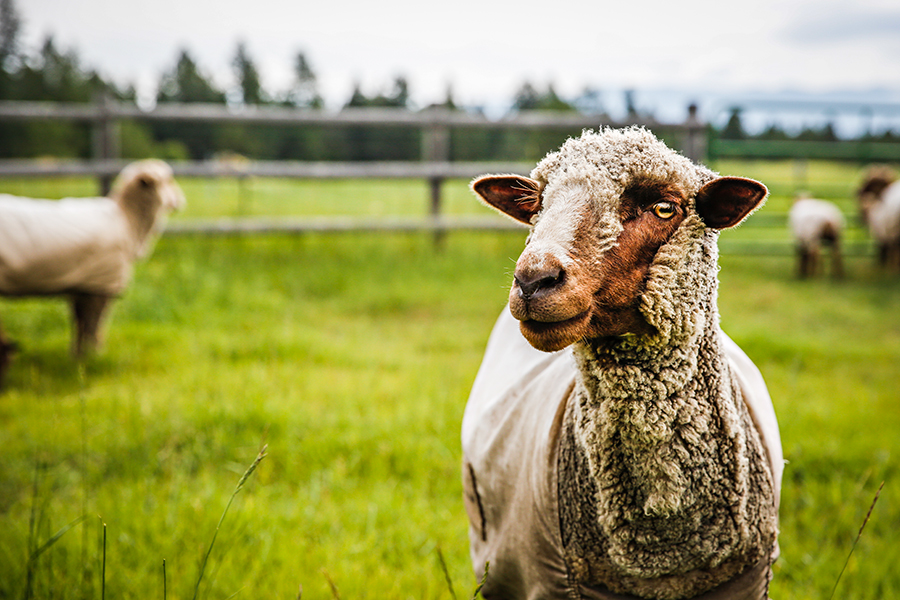
Usually, when someone is called a black sheep, it can mean the odd one out, the disreputable member of the herd (or, in this case, family) giving everyone else a hard time.
That’s how it was 30 years ago when John Steitz found a love for raising sheep, but the trend in western Pennsylvania agriculture then was to have white sheep.
“We had well over 100 sheep, for wool and meat. There were really only white sheep everywhere,” Steitz said, taking a break on his West Valley deck overlooking grazing land. “Black sheep were what my mother called me.”
Today, Steitz and his wife, Carol Steitz, take pride in the title of black sheep, now that their herd of South Australian merinos has produced the best group of fleeces for hand-spinning yarn and won the Black Sheep Cup at the largest wool and fiber show in the western United States, The Black Sheep Gathering. This year’s gathering took place in Eugene, Oregon earlier in July.
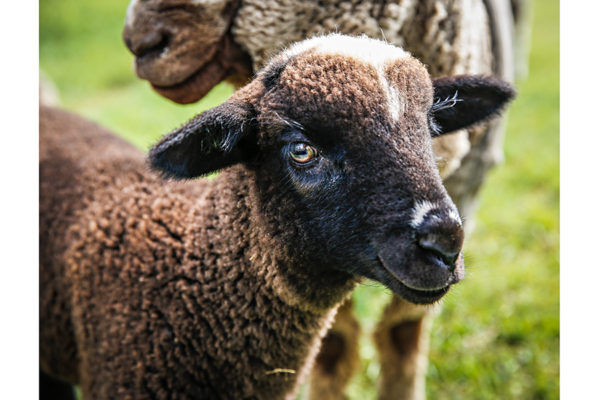
The wool produced by Steitzhof Merinos, as the farm is known, won out over 500 other fleeces from all over the West. At the competition, the farm showing the five best fleeces for hand-spinning earns the coveted Black Sheep Cup. The cup has traveled to award-winning farms all over the west, but this is the first time it has made its way to Montana.
Individual fleeces from the Steitzhof flock were also awarded Grand Champion and Reserve Champion awards for the best natural-colored fleece in the show. Their showing also included a Supreme Champion award from the Natural Colored Wool Growers Association, a national award.
Out at the farm, the Steitzes take a small-batch approach to their wool. Their flock never exceeds 25 sheep, and the rams selected for breeding are often chosen for size and coloring. All of the sheep wear little white coats to protect their exceedingly soft wool, which the Steitzes can identify down to the sheep.
“This is Lily’s,” Carol said, showing a shock of sheared wool.
“When you only have 25 of them, you really get to know them,” John said.
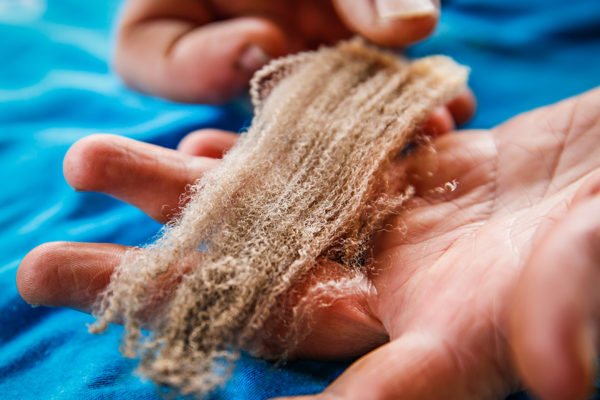
Their flock is friendly and curious, their soft noses nudging visitors’ hands in search of graham crackers. Nearby, a stoic llama named Teddy for Theodore Roosevelt stood guard and watched the visitors with skepticism, while the new farm puppy Athena tried to figure out how to get a belly scratch or two.
Originally from the East Coast, the Steitzes moved to this land off Farm to Market Road eight years ago after John’s career in civil engineering and Carol’s work as faculty at a state university and then in not-for-profit organizations. John also coached skiing in Lake Placid, New York, which the couple said feels similar to the Flathead Valley.
When they moved here, their property “was pretty barren,” John said. With his past experience in agriculture and his love for sheep, they decided to use the animals to help them rehab the land in a holistic way with manure and strategic grazing.
They chose merinos because their wool is the finest and most valuable, and as a hobby, John wanted to ensure it would at least pay for itself through wool and meat production.
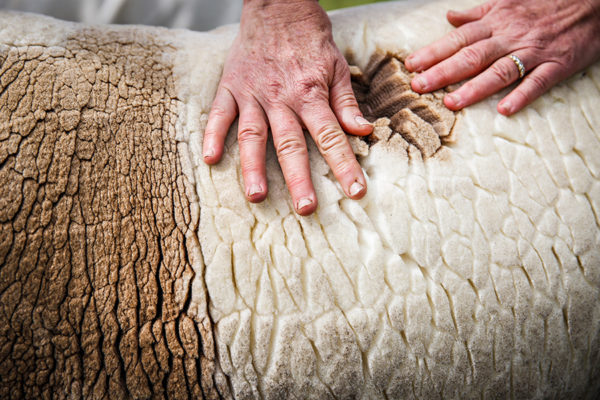
In 2013, they started going to the Black Sheep Gathering not to compete, but rather to find a new ram for their flock. They soon learned the sunshine and dry climate here produced lustrous wool, the type the judges said they didn’t find in Oregon sheep.
They were shocked when their fleeces sold within an hour, and the next year, their fleeces won a competition.
“It was a learning process for us, and every year we learned a little more,” Carol said.
Steitzhof Merinos isn’t a commercial endeavor in that it isn’t run at a large scale and it’s not the couple’s main source of income, but the fleeces sell quickly and well. They’ve sold 18 of their sheep fleeces to 14 U.S. states, two to Canadian provinces and to one person in Oslo, Norway.
They also take their wool to the wool mill in Belgrade, Montana, where it becomes yarn and can be part of the Grow-What-You-Wear movement, grown and produced in Montana.
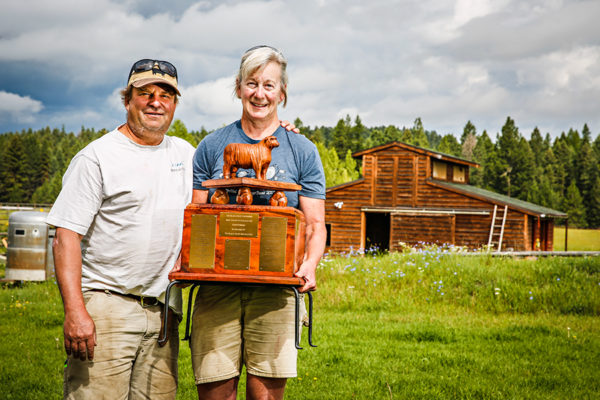
As they walk among their sheep, the Steitzes can explain each animal’s personality and preferences, what color of wool they produce under their protective coats, and who makes the most champion-caliber lambs.
It’s important to them to know their animals, so they keep the herd at 25, but it’s also because the humans involved want to be able to stretch their limbs a bit too.
“We max our herd at 25, and you get to know each of them, but it’s also so we can go do some hiking,” John said.
For more information on Steitzhof Merinos, visit www.steitzhof.com.